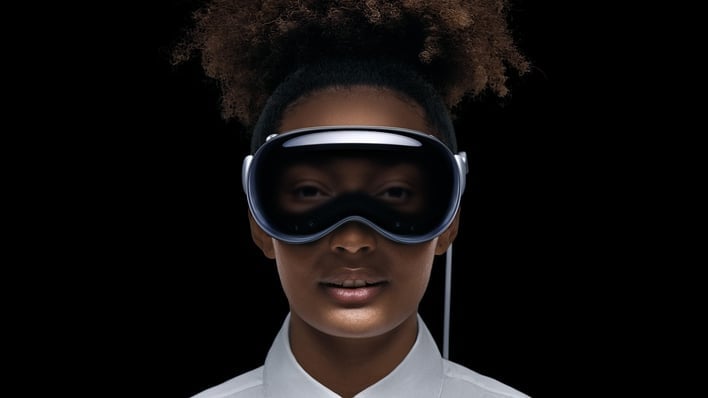Apple Vision Air Could Address Vision Pro's Two Biggest Issues
The Vision Pro is built like a premium device, but the material and design choices meant its weight had an impact on usability. One of the biggest complaints was how heavy it is, making it uncomfortable for long sessions. The Vision Air will tackle this issue head on, as it’s estimated to be as much as 40% lighter than then Vision Pro. It will be interesting to see how Apple balances having a lighter design without making it feel cheap.

The incredibly high price tag was another reason the Vision Pro landed with a thud. At $3,500 it was by far and away the most expensive mixed reality headset on the market, severely limiting its appeal to a wide range of buyers. It’s expected that the Vision Air might be priced approximately 50% lower than the Vision Pro. It’s a significant drop in price, but it would still mean a headset that costs roughly $1,750, which is still over three times as much as the Meta Quest 3.
Ultimately, the Vision Air will depend on having a rich ecosystem of apps that make the device worth using. The Vision Pro was unable to muster any kind of meaningful developer support. Even large companies such as Netflix, with apps that are well suited for the device, opted to just skip doing so. Apple would do well to try and win developers over in time for the Vision Air’s release sometime in 2027.

